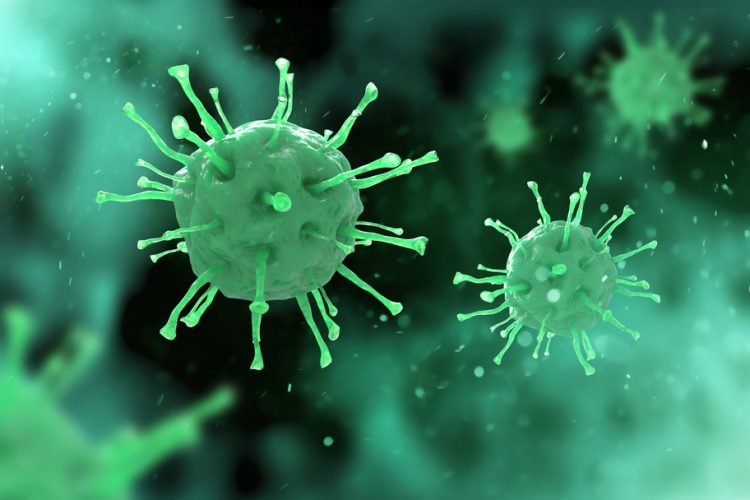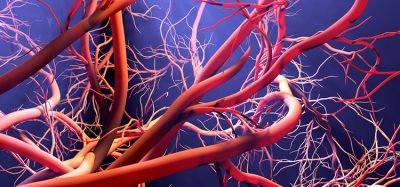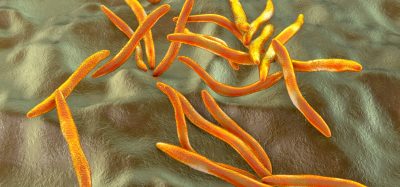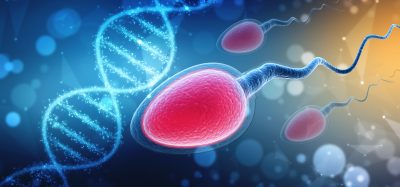X-ray screening identifies compounds that block a major coronavirus enzyme
Posted: 13 September 2022 | Victoria Rees (Drug Target Review) | No comments yet
A new screening study has shown that three natural compounds present in foods like green tea may be candidates for drugs that combat the coronavirus.

Researchers from Deutsches Elektronen-Synchrotron (DESY), Germany, have completed a comprehensive screening of a large library of natural substances, finding that three natural compounds present in foods like green tea, olive oil and red wine are promising candidates for the development of drugs against the coronavirus.
Using DESY’s X-ray source PETRA III, the team found that the compounds bound to a central enzyme vital for the replication of the coronavirus. All three compounds are already used as active substances in existing drugs, however, if and when a corona drug can be developed on the basis of these compounds remains to be investigated.
“We tested 500 substances from the Karachi Library of Natural Compounds if they bind to the papain-like protease (PLpro) of the novel coronavirus, which is one of the main targets for an antiviral drug,” explain the study’s main author Vasundara Srinivasan from the University of Hamburg, Germany. “A compound that binds to the enzyme at the right place can stop it from working.”
According to the researchers, the PLpro is a vital enzyme for virus replication – when a cell is hijacked by the coronavirus, it is forced to produce building blocks for new virus particles. These proteins are manufactured as a long string. PLpro then acts like a molecular pair of scissors, cutting the proteins from the string. If this process is blocked, the proteins cannot assemble new virus particles.
“However, PLpro has another vital function for the virus,” said Srinivasan. “It blocks a protein of the immune system called ISG15 and that severely weakens the cell’s self-defence. With inhibiting PLpro we can also enhance the cell’s immune response.”
For the experiments, as outlined in Communications Biology, PLpro was mixed with each of the 500 natural substances in a solution, giving them the chance to bind to the enzyme. It is not possible to see if a substance binds to the enzyme with a conventional light microscope. Instead, tiny crystals were grown from the mixtures. When illuminated with the bright X-rays from PETRA III at the experimental station P11, the crystals produced a characteristic diffraction pattern from which the structure of the enzyme can be reconstructed down to the level of individual atoms.
“From this information we can produce three-dimensional (3D) models of the enzyme with atomic resolution and see if and where a substance binds to it,” explained Alke Meents, one of the lead researchers from the study.
The screening showed that three phenols bind to the enzyme:
- hydroxyethylphenol (YRL), isolated for the experiments from the henna tree Lawsonia alba, is a compound present in many foods such as red wine and virgin olive oil and used as anti-arrhythmia agent
- hydroxybenzaldehyde (HBA) is a known antitumour agent and accelerates wound healing; it was isolated from the copperleaf Acalypha torta
- methyldihydroxybenzoate (HE9), isolated from the French marigold Tagetes patula, is an anti-oxidant with anti-inflammatory effect and is found in green tea.
In subsequent lab tests, the three phenols reduced PLpro‘s activity by 50 to 70 percent in living cells. In a different screening, a team consisting largely of the same scientists had already screened thousands of existing drugs at PETRA III as possible inhibitors of the coronavirus’ main protease (Mpro), also a molecular pair of scissors and a main potential drug target. The screening identified several corona drug candidates and the most promising have entered pre-clinical testing.
Related topics
Drug Discovery, Drug Discovery Processes, Drug Leads, Screening, X-ray Crystallography
Related conditions
Coronavirus
Related organisations
Deutsches Elektronen-Synchrotron (DESY), University of Hamburg
Related people
Alke Meents, Vasundara Srinivasan







